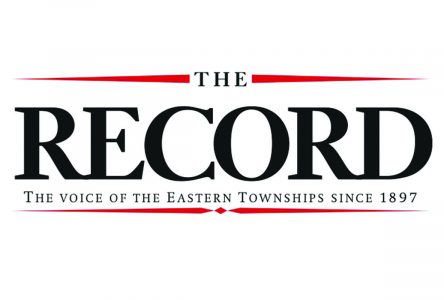Ayer’s Cliff debates new protection bylaw
By William Crooks
Local Journalism Initiative
Ayer’s Cliff citizens gathered on Sept. 23 for a public consultation to discuss proposed amendments to the Urbanism Bylaw No. 2009-03. This meeting, held in the basement of Saint-Barthélemy Church, was convened following a municipal council session on Sept. 3, where a draft bylaw was introduced to address environmental concerns about potential heron nesting sites in the area. Led by Mayor Simon Roy, the consultation drew nearly 100 residents, who voiced a mix of support, concerns, and questions.
The purpose of the meeting was to allow citizens to express their views on the draft bylaw, which aims to incorporate new protections for areas identified as potential heronries. These sites are viewed as ecologically sensitive and valuable for conservation. The meeting was structured in three parts: a presentation by municipal staff, followed by a question period, and then a comment period, which allowed residents to share their opinions.
Initial presentation
Élaine Leblanc, a municipal employee responsible for environmental dossiers, opened the meeting with a 15-minute presentation explaining the context of the draft bylaw. She noted that since 2023, the municipality had been aware of the presence of herons in the area and had erected signs to protect the natural environment. The herons are highly sensitive to disturbances, and their nesting sites are protected under provincial and federal law, including the Migratory Birds Act.
Leblanc revealed that a recent inspection identified 17 nests, with 7 to 8 active adult herons near the Ripplecove Hotel. The municipality’s goal is to establish a 200-meter buffer zone around these nests to safeguard the birds’ habitat. “This 200-meter radius is recommended by the Ministry as a precautionary measure,” she stated. This radius would prevent construction and certain activities in the designated area. The draft bylaw also proposes restrictions on tree cutting within this zone unless the trees pose a direct danger to people or property.
Leblanc clarified that if a property were within the 200-meter zone, development restrictions would apply only to areas that remain in their natural state, such as wooded parts of the land. If a property were already developed, including lawn or garden areas, owners would still have the freedom to maintain and expand within existing limits.






